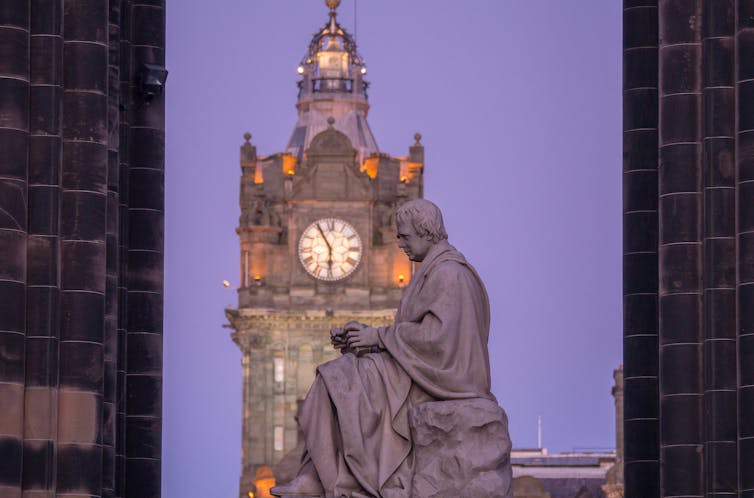International Migrants Day (18 December) this year falls almost exactly 70 years after the Brussels conference that led to the establishment of the organization that, in 1989, was renamed the International Organization for Migration. A broad range of factors continue to determine the movement of people. They are either voluntary or forced movements as a result of the increased magnitude and frequency of disasters, economic challenges and extreme poverty or conflict. Approximately 281 million people were international migrants in 2020, representing 3.6 per cent of the global population.







